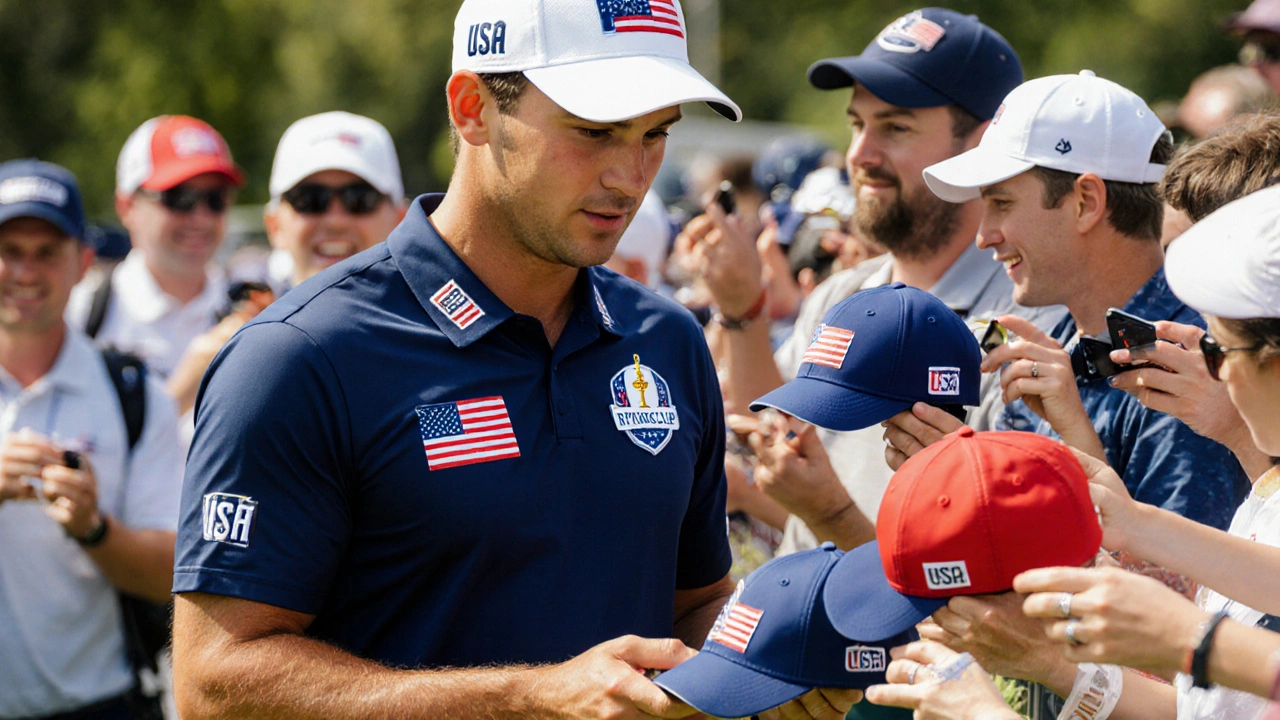When you hear a headline about a footballer earning €300,000 a week, you’re looking at player compensation. It’s the total package a club pays an athlete – salary, bonuses, image rights and any extra perks. Fans often focus on the headline figure, but the real story lives in the fine print of contracts and the negotiations that shape them.
Clubs start with a budget, then negotiate with the player's agent. They look at performance stats, market value, age and how long the player will stay. A good example is Raheem Sterling’s recent wage stand‑off; his £300,000‑a‑week demand forced Chelsea to consider subsidising part of his pay to make the deal work. The higher the profile, the more leverage the player has, but clubs still need to balance books.
Beyond the base salary, most contracts sneak in performance bonuses – goals scored, clean sheets kept, or league titles won. These clauses keep players motivated and protect clubs if the athlete underperforms. Image rights are another big chunk; clubs can sell a player’s name for ads, while the player earns a cut. Some deals even include housing, cars or private jets – all counted as compensation.
Why do these details matter to fans? Because they affect transfer fees and club stability. When a team overspends on wages, it can struggle to buy new talent or even face relegation due to financial penalties. Conversely, smart contracts can free up cash for better players or youth development.
Negotiations often get heated. Take the recent saga with Gayton McKenzie’s accusations – while not a sports case, it shows how public disputes can turn into legal battles, costing both sides time and money. In football, a contract dispute may end up in arbitration, delaying a player’s debut or forcing a club to pay a hefty settlement.
For younger athletes, contract structures differ. They might sign shorter deals with lower base pay but higher appearance bonuses, hoping a strong season leads to a big second contract. Clubs use this model to scout talent without risking huge long‑term commitments.
Fans also love to compare compensation across leagues. A Premier League star can earn three times what a top La Liga player makes, mainly because of TV revenue splits. Yet, clubs in smaller markets sometimes lure talent with tax advantages or profit‑sharing clauses.
In short, player compensation isn’t just a paycheck. It’s a mix of salary, performance incentives, marketing rights and personal perks, all wrapped up in a negotiation that can shape a club’s future. Understanding these pieces helps you see why a headline number can be misleading and why clubs keep their financial officers busy year round.
Next time you read about a mega‑salary, think about the bonuses, image deals and contract clauses that sit behind that number. Those details often decide whether a player stays, moves, or becomes a club legend.
